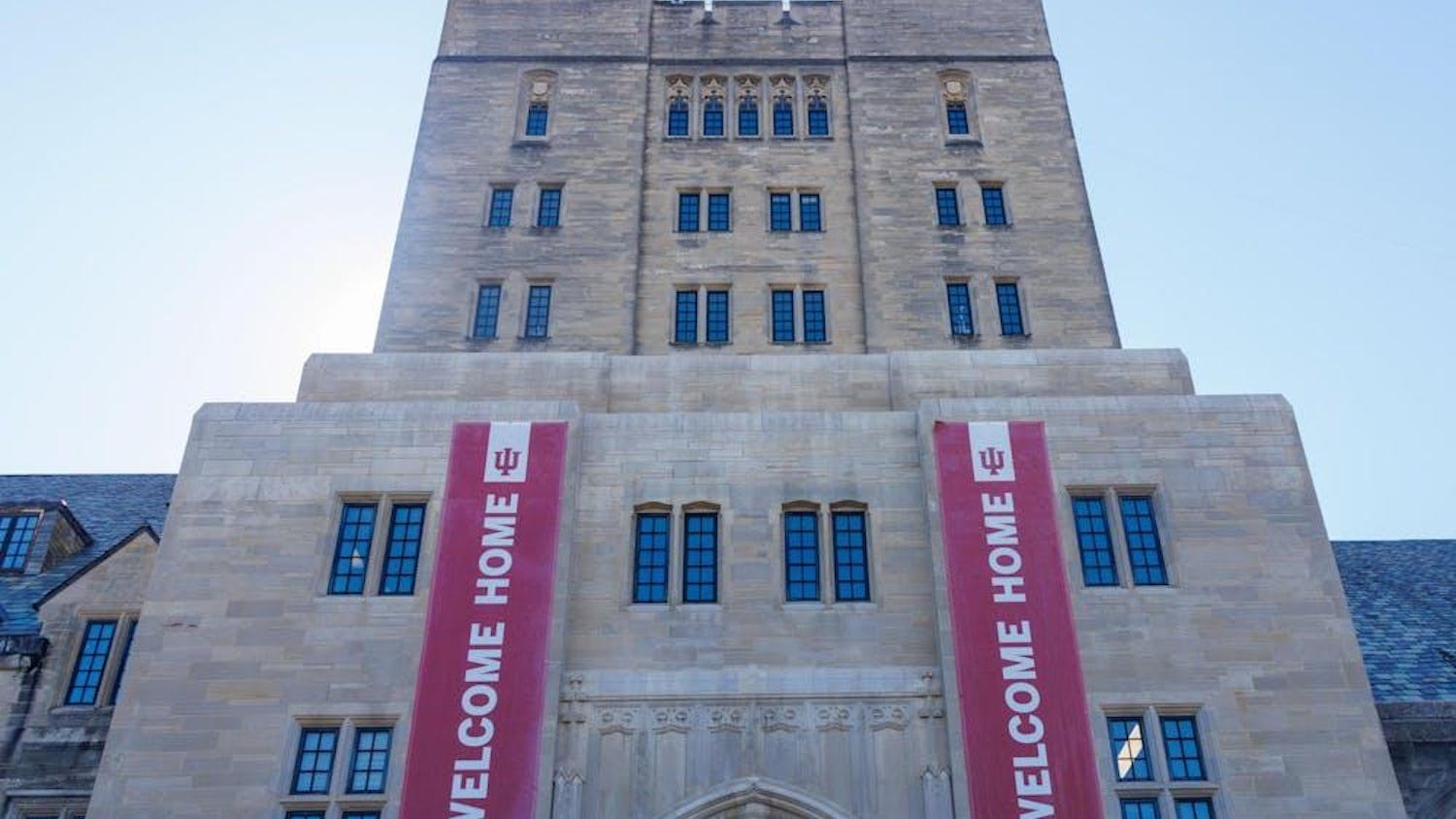CHICAGO -- There's nothing new in the new American Art galleries at the Art Institute of Chicago, at least in the sense of something never before seen. All the old favorites are there: Edward Hopper's "Nighthawks," Grant Wood's "American Gothic" and Georgia O'Keeffe's "Black Cross, New Mexico," to name just a few of the most familiar.\nWhat is new is the way the works are displayed. They're in a long 23-gallery sweep that brings them into historical and stylistic context and frees them from subordination to European artistic movements.\nThe Art Institute has long had an outstanding collection of American Art, with some 3,500 catalogued pieces, but its previous gallery layout scattered pieces of that collection to odd corners of the museum and displayed a number of the most important works in the company of sometimes unrelated European art. Hints of the true richness of the American collection came mainly in special exhibitions, like 2003's extensive look at the art of the Southwest.\nIn keeping with his vision of an "encyclopedic museum," Art Institute director James Cuno turned to the curator of that influential 2003 show, Judith Barter, to arrange the new American galleries. She was given two floors of the museum's Daniel F. and Ada L. Rice Building, plus several adjacent sculpture courts, to stock with the permanent exhibition, which opened to the public April 16.\nBarter chose 700 artworks of various types from the American collection, ranging in dates from colonial times to 1950. She added 50 paintings recently acquired on long-term loan from the Terra Foundation for American Art, which closed its own Chicago museum last year.\nThe best-known of the Terra paintings, telegraph inventor Samuel F.B. Morse's monumental "Gallery of the Louvre" from the early 1830s, is only on short-term loan, so Barter installed it in a special alcove. As art about art, and as an early attempt to bring the spoils of Europe to American shores, it serves as a gateway into the new galleries.\n"There has never been a more exciting time for American art in Chicago," which she called "the quintessential American city," Barter said.\nBarter said the galleries would serve in the future as sites for monographic exhibitions about the works of Hopper, Winslow Homer and other American artists.\nIn a small way, the historic sweep of the collection already permits the chronological study of some of the artists' careers. In Homer's case, the visitor can see the dramatic change between his early sun-drenched landscapes of the post-Civil War years and his later dramatic seascapes, as typified in his iconic "The Herring Net" of 1885.\nAnother progression can be seen in the displayed work of the lesser-known George Inness, who began as an expansive Hudson River School landscapist in the Delaware Valley, moved through the more intimate style of the French Barbizon painters, and finally emerged in old age as a painter of stark, almost modernist, scenes of Florida's Gulf Coast swamps. His "The Home of the Heron," from 1893, is a revelation. It's done in the dead and unlovely colors of late dusk and has a mysterious beauty totally devoid of any prettiness.\nThe Art Institute is justly famous for its collection of Impressionist paintings, but by removing the works of such American-born Impressionists as Mary Cassatt, Frederick Childe Hassam and John Singer Sargent from its French-dominated halls and exhibiting them alongside their American contemporaries, Barter gives visitors a new perspective on them.\nThe same can be said for the works of the hard-to-classify James McNeill Whistler.\nThe new galleries devoted to early 20th century art are rich, too, and owe some of that richness to a happy accident.\nThe Wisconsin-born O'Keeffe, who would go on to become America's best-known woman painter, studied briefly at the School of the Art Institute in her youth, and the Chicago museum granted O'Keeffe her first retrospective in 1943. In return, O'Keeffe arranged for the Art Institute to have many of her own works, as well as much of the seminal collection of American modernism assembled by her husband, the photographer and gallery owner Alfred Stieglitz.\nThose works are well represented in the new galleries.\nAnd beyond the artistic and historical significance, the new arrangement should have some benefits for the museum, according to Art Institute spokeswoman Eileen Harakal.\n"It should relieve some of the crowding and make it easier to get around," Harakal said. "The new galleries are in the Rice Building and toward the back. Until now, casual visitors always wanted to see the French Impressionists first, and then `Nighthawks" and `American Gothic.' They were all up front in the same area, and you can't imagine how congested things got sometimes"
New gallery puts works into historical, stylistic context
Art Institute reorganizes presentation of American works for audiences
Get stories like this in your inbox
Subscribe





